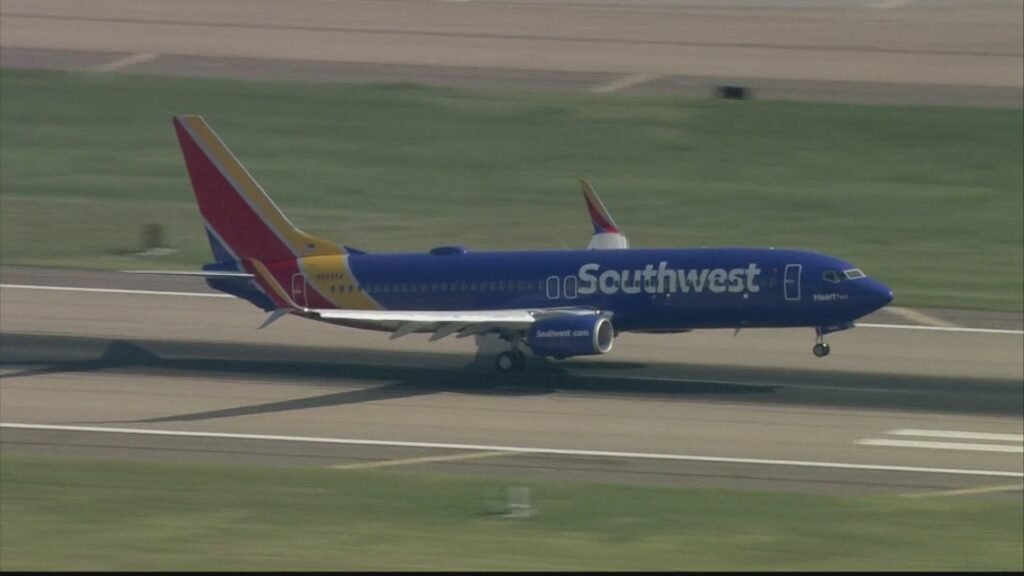The new software provides alerts during taxi, takeoff and landing -notifying pilots when they are moving too fast, flying too high, or approaching the wrong runway.
DALLAS — In a move aimed at preventing the kinds of runway close calls that have made headlines in recent years, Dallas-based Southwest Airlines is installing new cockpit alert technology across its entire fleet of Boeing 737 planes.
The software, called SmartRunway and SmartLanding, was developed by Honeywell Aerospace Technologies and works by giving pilots real-time audio and visual alerts during taxi, takeoff, and landing. It can warn flight crews if they’re going too fast, flying too high, or lining up on the wrong runway or taxiway.
“It’s another great safety tool in the toolbox for our aviators,” said Jody Reven, President of the Southwest Airlines Pilots Association. “It’s part of a multi-layered safety approach—making sure we have all the information we need, should something fall through the cracks.”
The system builds on the Enhanced Ground Proximity Warning System (EGPWS) already onboard Southwest’s planes. Think of it like the cockpit version of a collision alert in your car—it calls out warnings out loud and displays them on pilot screens.
In recent years, the aviation industry has seen a troubling increase in runway near-misses—incidents where planes have lined up to land on taxiways, crossed active runways without clearance, or taken off in error. Some of those events could’ve had catastrophic consequences.
“Seconds can be the difference between life and death,” said Thea Feyereisen, a senior engineer at Honeywell. “Getting that alert to the pilot so they can make an informed decision—go around, hit the brakes, vacate the runway—that can be critical.”
According to Honeywell, the National Transportation Safety Board (NTSB) has found that SmartRunway and SmartLanding systems could’ve prevented previous runway incidents. While the FAA hasn’t yet made this kind of technology mandatory, experts say that could change in the future.
“I think Southwest is setting the standard here,” Feyereisen added.
For passengers, the news offers some peace of mind.
“It’ll ease my mind knowing pilots have an extra set of eyes,” one traveler told WFAA from Dallas Love Field.
Southwest says the upgrades are nearly complete fleet-wide—just one more layer of safety in an industry where there’s little room for error.
